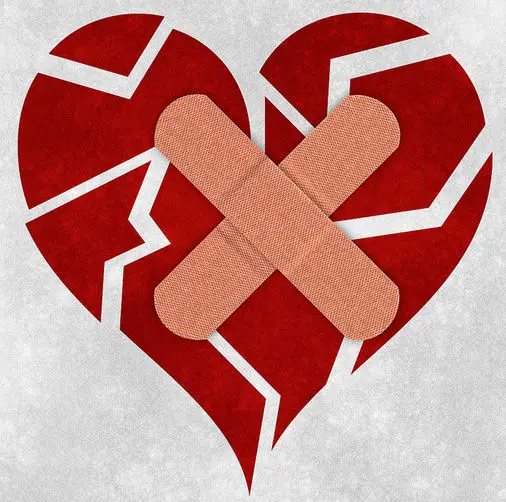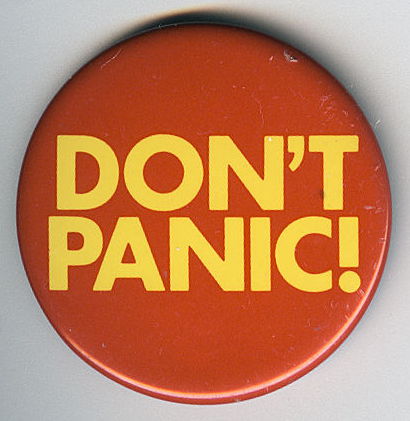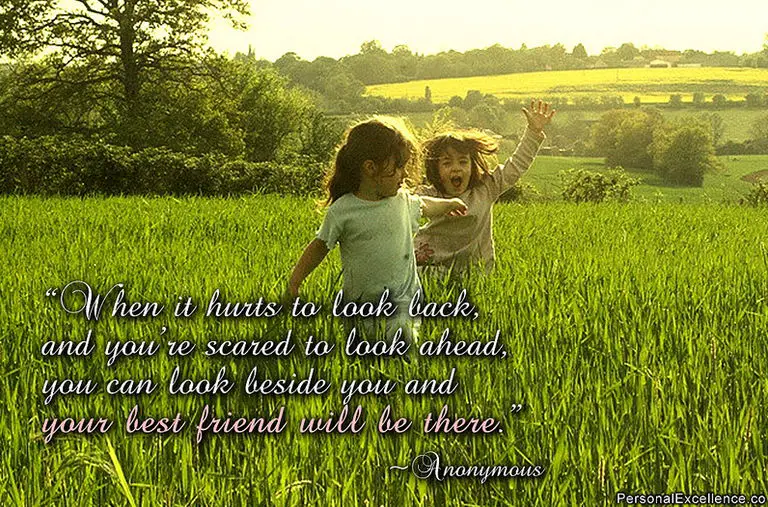Jonathan Dodd‘s latest column. Guest opinion articles do not necessarily reflect the views of the publication. Ed
It’s always interesting to me how people, who are all like islands in the sea, manage to connect with each other. We are all so extraordinarily complex and unknowable to ourselves, let alone to anyone else. But the thing that I find most interesting is that we spend hardly any time or trouble finding out about ourselves.
It’s like this. If we hurt ourselves, we get lots of pain messages from the nerve cells in the relevant area. This is good. We get the choice of how to react to it. E.g. get immediate help or ignore it or wait and see. It’s all very simple, and very straightforward. So when someone falls over, we can ask – ‘Does it hurt?’ – and the answer is easy – ‘Yes’ or ‘No’.
A different kind of hurt
What complicates this is that we recognise other kinds of pain, which aren’t subject to these simple electrical signals from damaged limbs reaching our brains. At times of loss, or anger, or disappointment, we can ask the same question – ‘Does it hurt?’ – and the answer is easy again – ‘Yes’ or ‘No’. The trouble is that it’s a different kind of hurt, it doesn’t reside in the body, and there’s no physical injury involved. We can’t go to a doctor or a hospital for immediate verification and treatment.

No wonder we mix things up so easily, because the two things seem so similar. We talk about ‘heartache’ when we’re sad, annoying people become a ‘pain in the neck’, problems give us a ‘headache’, and we can experience various other bodily pains. Most of these are the result of the defensive postures and activities that happen at times of danger or difficulty. We tense up the muscles in our neck, which can cause neck ache and headaches, our breathing becomes tight and we tense our midriffs, which makes it feel like it’s parts of our bodies that are hurting. And we describe and illustrate these as signs of the hurt we feel, in the absence of any other evidence. Lots of pictures of cracked and bleeding hearts here.
One is a cause and the other is an effect
I’m not being critical here. It’s all very natural, and it happens to all of us. I’m talking about the difference between actual bodily pain and the feelings of bodily pain that are caused by emotional or spiritual torment. One is a cause and the other is an effect. So, practically, if you get an actual headache you take a pill. If you get a tension headache caused by the effects of anger or grief the pill won’t work, but something else might. A bath, a cry, telling someone, alcohol, cups of tea, even therapy. In other words, treat the tension rather than the pain that the tension causes.

The thing I’m interested in is how we tell the difference. We accept from a very young age that what we feel is true and how we react is fixed, and that it’s all unknowable and unchangeable, but I think we can, and should, be cleverer than that. For instance, cars nowadays are full of sensors. They relay information constantly from the engine and the lights and brakes to the onboard computer. The computer receives all these messages passively, because they’re all within its range of normality.
We can figure out the best plan of action
If the fuel runs below a certain level, or the engine temperature rises above a particular setting, the computer is programmed to illuminate a light on the dashboard. It’s just a message, generated by a certain condition. There’s no need to panic, but it’s as well to do something about it sooner rather than later. We can think about this whilst driving along so we can figure out the best plan of action. This is one of the wonderful ways in which machines can help us be safe and avoid unnecessary difficulty.

In the same way many parts of our bodies are constantly and regularly sending messages to our brains about the temperature, or the contents of our stomachs, or any number of things. This is so normal that we’re not aware of any of it, unless we receive a specific message. Like when you touch something extremely hot. We can react instinctively when it’s a matter of life and death, and we also have the ability to recognise the signal and react to it in a calm and rational way.
It’s just information
So, if we feel hungry it’s because our stomachs are telling us that they aren’t currently digesting anything. This isn’t a crisis though, and we’re in no danger. Rather like the fuel light coming on. We can decide we don’t need any food for a while. Maybe we’re on a 5-2 diet and this is a fasting day. Maybe we’re in a car and we have to wait for a service station. Maybe we’re going to a special dinner and we‘re going to stuff ourselves tonight. We don’t actually need to rush off and eat at that moment, because it’s just information.

As an example, there is a lot of evidence out there that diets don’t work well, because after the weight loss people’s stomachs think that there’s been a famine and now it’s necessary to make up for it. I would like to turn this on its head, because stomachs don’t think. Maybe people are interpreting this benevolent message from the stomach as an alarm bell, rather than a piece of ordinary information. I think in many cases the diet would work better and last longer if it helped people to think about it like this. We all know someone who’s scared of spiders, or heights, or flying, and overcoming this fear can be a life-changer. I think a lot of our behaviour around feelings actually belongs in this territory.
Start talking yourself as if you were a friend
So how can we change ourselves – without necessarily spending a lot of money on therapists? We can start by getting to know ourselves better. How can we do this? Simple. By the age-old method of talking to ourselves. ‘But how can we do this without being stared at by strangers?’ I hear you call out. Easy. We can talk to ourselves inside our heads, which keeps it private. The most important part of this conversation takes the form of simple questions. Like – ‘How am I feeling?’ There are essentially only two answers to this, of course. ‘Good’ or ‘Bad’.

The conversation becomes interesting when the answer’s ‘Bad.’ How do we react to that? By asking another question, just like you would if you were talking to a friend. In fact, you should start talking yourself as if you were a friend. ‘How are you feeling?’ ‘Bad.’ ’Oh dear! What’s wrong?’ ‘My heart hurts.’ ‘What’s happened?’ And if you really listen to yourself and think about it, you’ll be able to say that your heart isn’t actually hurting because you haven’t injured it, but you’re feeling sad or lonely or you’ve been dumped, and it feels like you heart is hurt.
Saying it in words makes it real
Then you can tell yourself all the things you would tell a friend about having hope and it’ll pass and you’ll get over it. And you won’t phone for an ambulance because you’ll have a good idea of what’s really happening. It’s important to have this conversation, it’s important to say these things in words even if it’s only in your head, because saying it in words makes it real. And it’s very important to be truthful. It’s fine to admit that you don’t know, because there’s nothing wrong with not knowing. You’ll find the answer one day. And you mustn’t allow yourself to fob yourself off. ‘How are you feeling?’ doesn’t really work if you lie and say – ‘Fine!’ – when you’re not.

If you start doing this you’re beginning on a pathway that has two rather wonderful destinations. You’re asking and answering questions, which leads to more knowledge and understanding, which is terrific. But mainly, you’re treating yourself as if you’re your own best friend.
And let’s face it, if you can’t be your own best friend, whose best friend can you be?
If you have been, thank you for reading this.
Image: pochacco20 under CC BY 2.0
Image: Nicholas Raymond under CC BY 2.0
Image: Public Domain
Image: brighton
under CC BY 2.0
Image: Diego Torres Silvestre under CC BY 2.0
Image: ursulakm under CC BY 2.0
Image: celestinechua under CC BY 2.0





